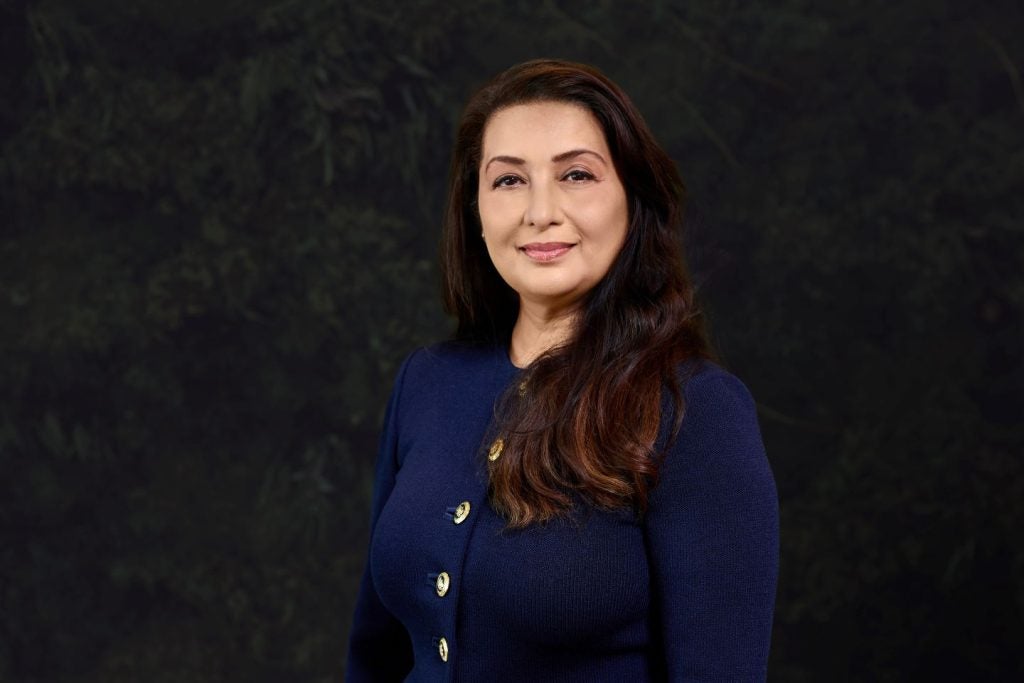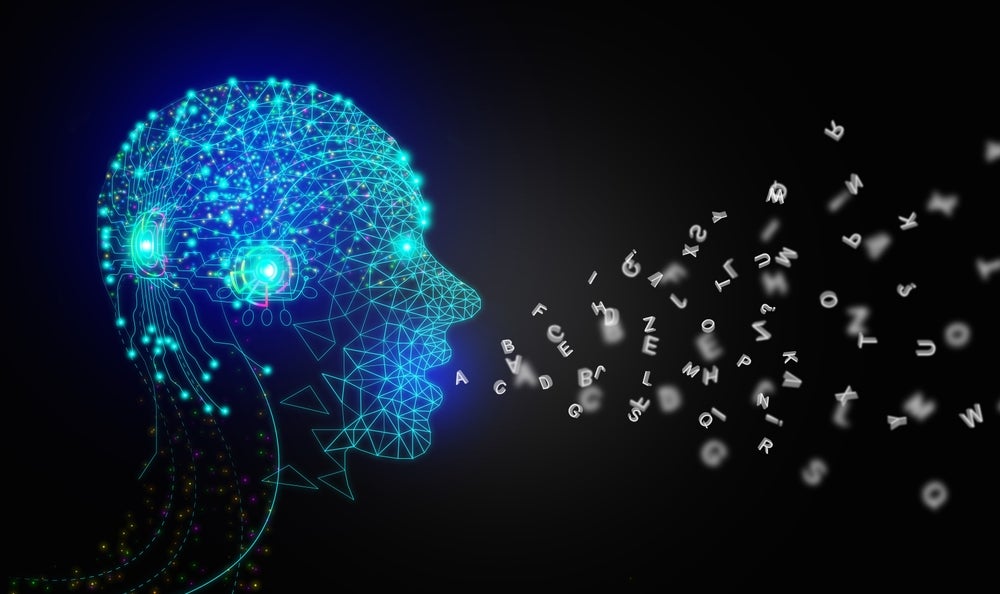
Microsoft’s AI and supercomputing technology has identified a material that could reduce the amount of lithium needed in batteries by 70 percent.
The research, conducted by Microsoft and the Pacific Northwest National Laboratory (PNNL), used AI and supercomputers to sort through 32 million inorganic materials.
The process, which would usually take over two decades, narrowed down the materials to just 18 in under a week.
AI and supercomputing managed to take the material from inception into a working battery prototype in less than nine months.
Since it was discovered, the material has been successfully used to power a lightbulb.
In an interview with the BBC, executive vice president of Microsoft, Jason Zander, said the company wanted to “compress 250 years of scientific discovery into the next 25″.
How well do you really know your competitors?
Access the most comprehensive Company Profiles on the market, powered by GlobalData. Save hours of research. Gain competitive edge.

Thank you!
Your download email will arrive shortly
Not ready to buy yet? Download a free sample
We are confident about the unique quality of our Company Profiles. However, we want you to make the most beneficial decision for your business, so we offer a free sample that you can download by submitting the below form
By GlobalDataMicrosoft has created a new type of AI that has been trained with molecular data that is able to figure out chemistry.
“This AI is all based on scientific materials, database and properties,” Zander told the publication, “the data is very trustworthy for using it for scientific discovery.”
Karl Mueller, a physical chemist from PNNL, said the use of AI and supercomputing helped them “to potentially fruitful territory so much faster.”
The technology allowed scientists to “modify, test and tune the chemical composition of this new material and quickly evaluate its technical viability for a working battery, showing the promise of advanced AI to accelerate the innovation cycle,” he said.







